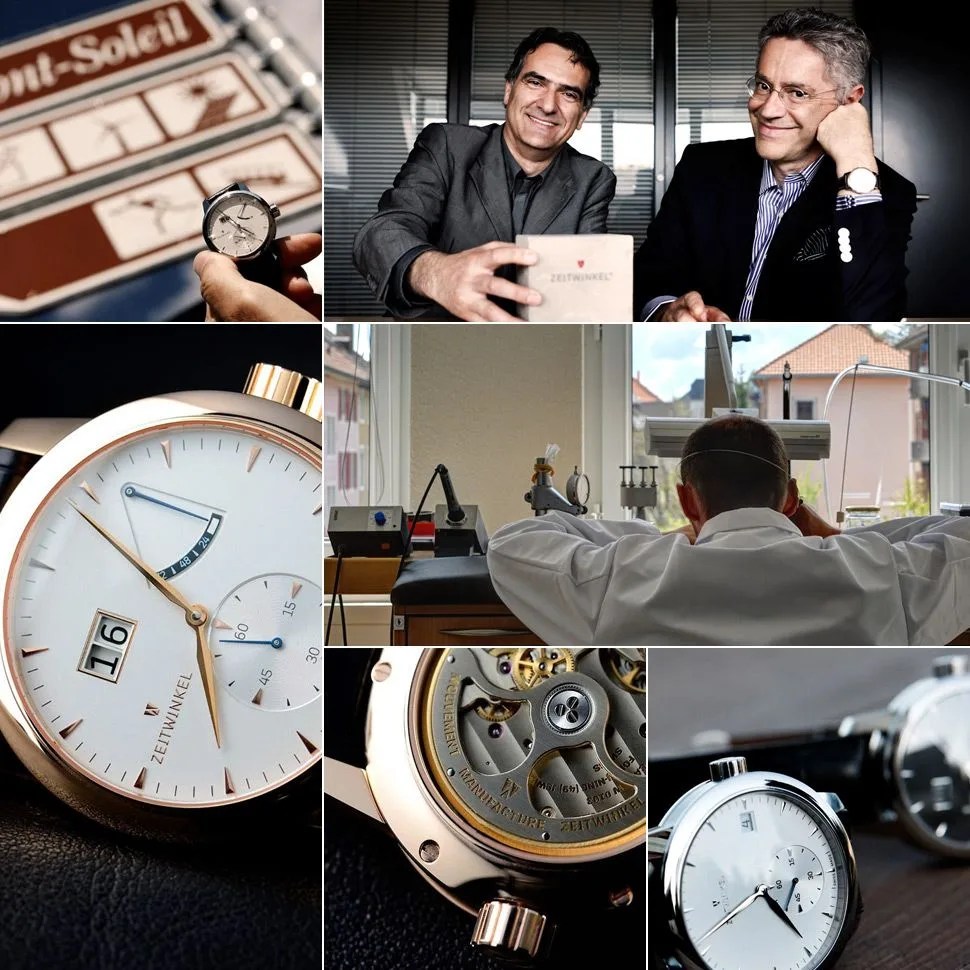In the world of watches, one of the hot topics as of late has been in-house movements. Though for many years just about every watchmaker on the planet relied on the mass produced movements of a few companies, it’s a different story now. Mechanical watches are no longer the standard; they’re luxury items, and therefore, being “special” plays a big factor in sales and prestige — and a unique movement produced entirely by a single watch company is perhaps the most powerful weapon to that end. Yet the definition of “in-house” remains unclear.
MORE PIONEERING TIMEKEEPERS: Will the Apple Watch Replace the Traditional Wristwatch? | Weiss’s Field Watch Aims for Heirloom Status | Talking Shop with Leo Padron, American Watchmaker
The obvious vision of in-house movement production is a room full of watchmakers producing parts, adding Geneva stripes to plates, and chamfering edges — essentially beginning-to-end watchmaking. But unless your company’s name rhymes with Bolex, controlling manufacture to this level is almost impossible, leaving many watchmakers to call upon third parties (foreign or domestic) to supplement certain processes. Some watchmakers play up the common misconception of what in-house entails, removing transparency into the true origin of many parts and manufacturing processes and blurring the lines of what can, or, maybe should, be considered in-house. Which is what makes Zeitwinkel, a relatively new Swiss watchmaker, refreshing: by adopting an open, honest method of utilizing reliable local partners for their movements, they’re delivering original in-house designs while maintaining quality.
Zeitwinkel came to be after University Professor and serious watch enthusiast Ivica Maksimovic (“Maks”) and long-time watch industry stalwart Peter Nikolaus became bored with the typical mass marketing of the major Swiss brands, as well as the apparent lack of truly Swiss-made watches. Maksimovic and Nikolaus made it their mission to develop a movement designed in-house and comprised of parts only from partners in the Swiss Jura region, which is not far from their St Imier location. The German-made cases of the watches they subsequently created were the only non-Swiss components — though they make no illusion about being able to manufacture all of their parts in-house, which would be unrealistic for such a small brand. “If you want us to make a wheel”, Nikolaus says, “we can make a wheel — but then we’d have to throw it out and go buy one that would work in our watches.”
In 2010, after four years of development, Zeitwinkel was ready to present its two movements to the market. The calibers ZW0102 and ZW0103 are precise and immaculately finished auto-winding movements with 72-hour power reserves. The ZW0102 can handle time and date functionality, while the ZW0103 adds a big date complication and power reserve indicator. Zeitwinkel is one of only four watchmakers to incorporate a big date on the left side of the dial, for which they’ve received a patent. Under a loupe, the German silver bridges and plates reveal crisp, hand-finished Geneva stripes and perlage, as well as nicely chamfered edges.
“If you want us to make a wheel”, Nikolaus says, “we can make a wheel — but then we’d have to throw it out and go buy one that would work in our watches.”
The design of Zeitwinkel’s watches came second, building aesthetics around their movements. Their range of watches are named by different “time angles” — which is the rather literal translation of Zeitwinkel from German — featuring the 312°, 034°, 181°, and 273°, all of which were, more or less, randomly chosen by Maksimovic and Nikolaus.
